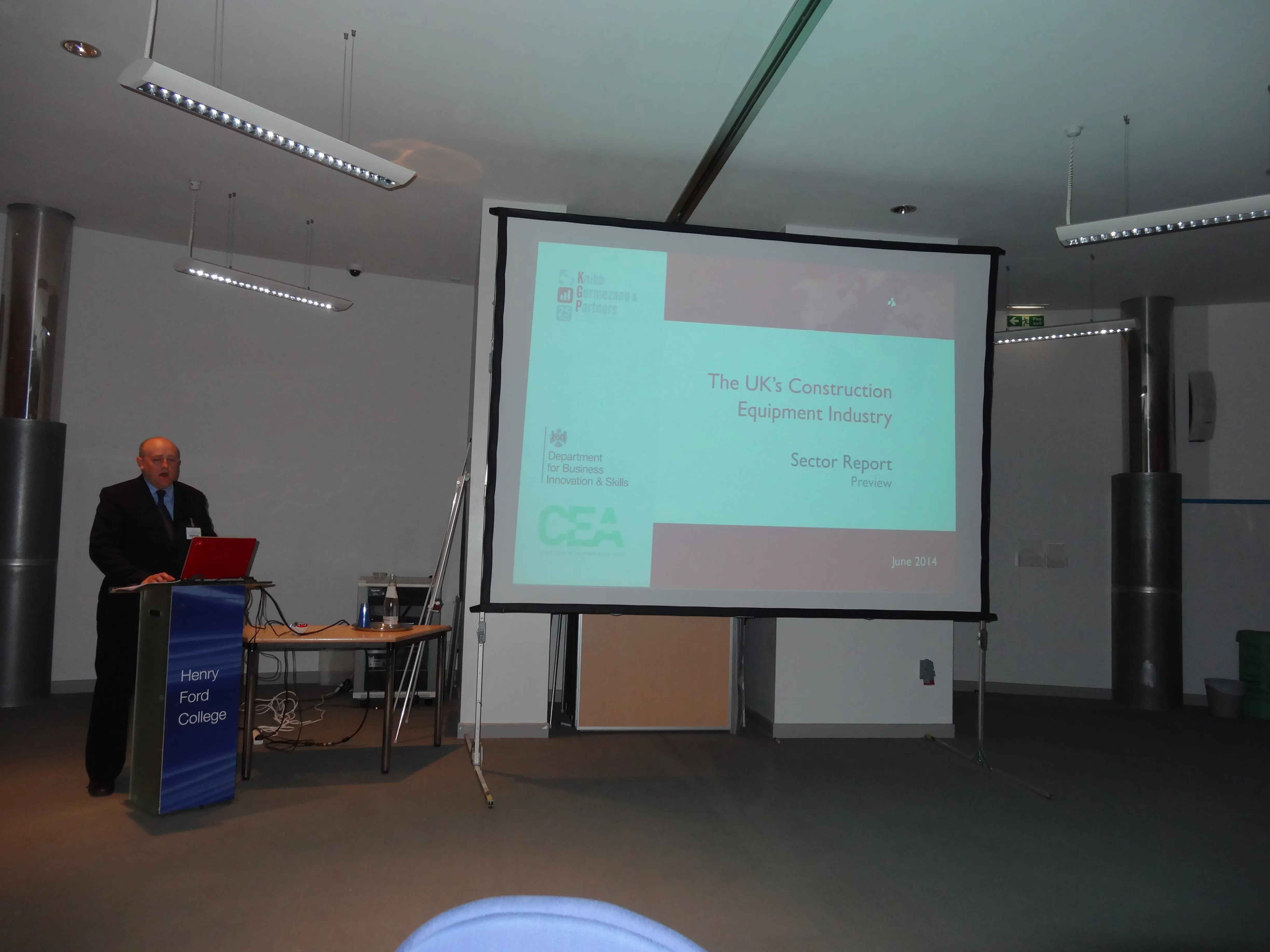The seven year US$94.02million (£60mn) deal with
Following Finning International’s £300million January 2012 purchase from Caterpillar of the former Bucyrus distribution business, the first of the acquired Cat 6030’s was built up onsite in February 2012.
Speaking about the groundbreaking deal with Finning Equipment Solutions, Hargreaves’ Group commercial director Kevin Dougan said: “The Tower Colliery opencast project represents a completely new model for the industry. Hargreaves Services and its joint venture partner Tower Colliery, have worked in partnership with Finning Equipment Solutions to secure investment and over 200 new jobs for the area.
“Hargreaves Services will manage the extraction of six million tonnes of coal from the 615-acre site over the next seven years. We needed to work with a partner that had the equipment, skills, resources and financial stability to fully support the equipment fleet for the whole duration of the project. The securing of the rights to the former Bucyrus distribution business and the investment Finning were prepared to make in supporting us, were both critical in this decision.”
Dougan said that as a result of Finning’s “responsiveness and support” Hargreaves was ready to begin its coal extraction programme. He said extraction would increase in the coming months as more equipment is brought onto the site.
John Vardy, general manager mining at Finning, said: “We are now entering a very significant strategic relationship with Hargreaves, which we will be looking to develop further into the future.”
In the aftermath of the 1984-85 Miner’s strike, the then Conservative government led by Prime Minister Margaret Thatcher tasked British Coal with implementing a massive closure programme, involving many of the UK’s deep mines, on economic grounds. This led to Tower Colliery, which had been a commercial mining site since 1864, officially closing in April 1994.
Soon after the closure Tower Colliery miners decided to buy the site and continue to work it. After each pledging their £8,000 redundancy payouts to the project, the 239 miners involved developed a business plan and attracted financial backing from banks. On January 2, 1995, workers went back into Tower Colliery and began working the next day.
For 13 years following the re-opening Tower Colliery successfully produced high quality coal. In January 2008, with the last economically viable deep coal deposits worked out, the pit was closed for the second time.
Tower Colliery re-opened once again earlier this year after the site was granted permission to extract about 5.9million tonnes of shallow coal deposits. The latest resurrection of the Colliery is a huge boost to South Wales, which has been among the region’s hardest hit by the decline of the British manufacturing sector and the current financial crisis in Britain, continental Europe and other parts of the world.








